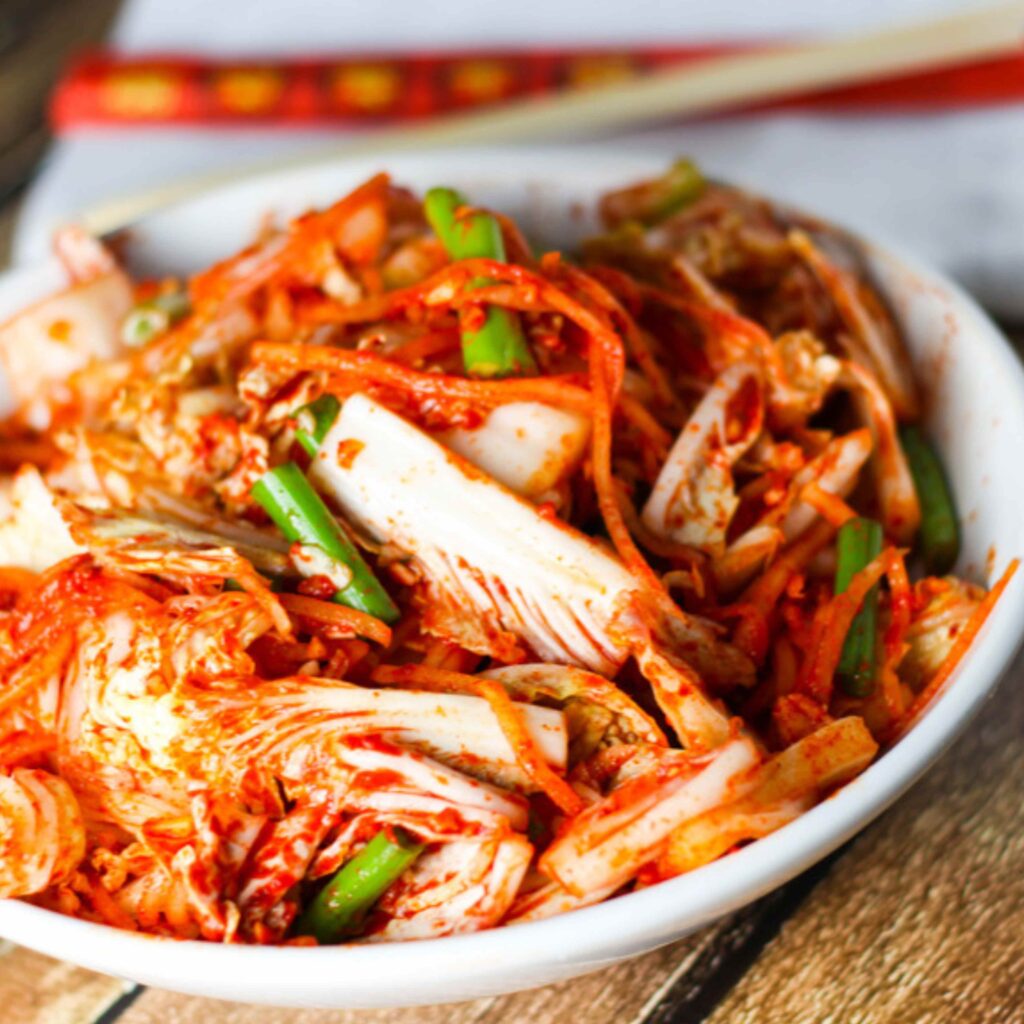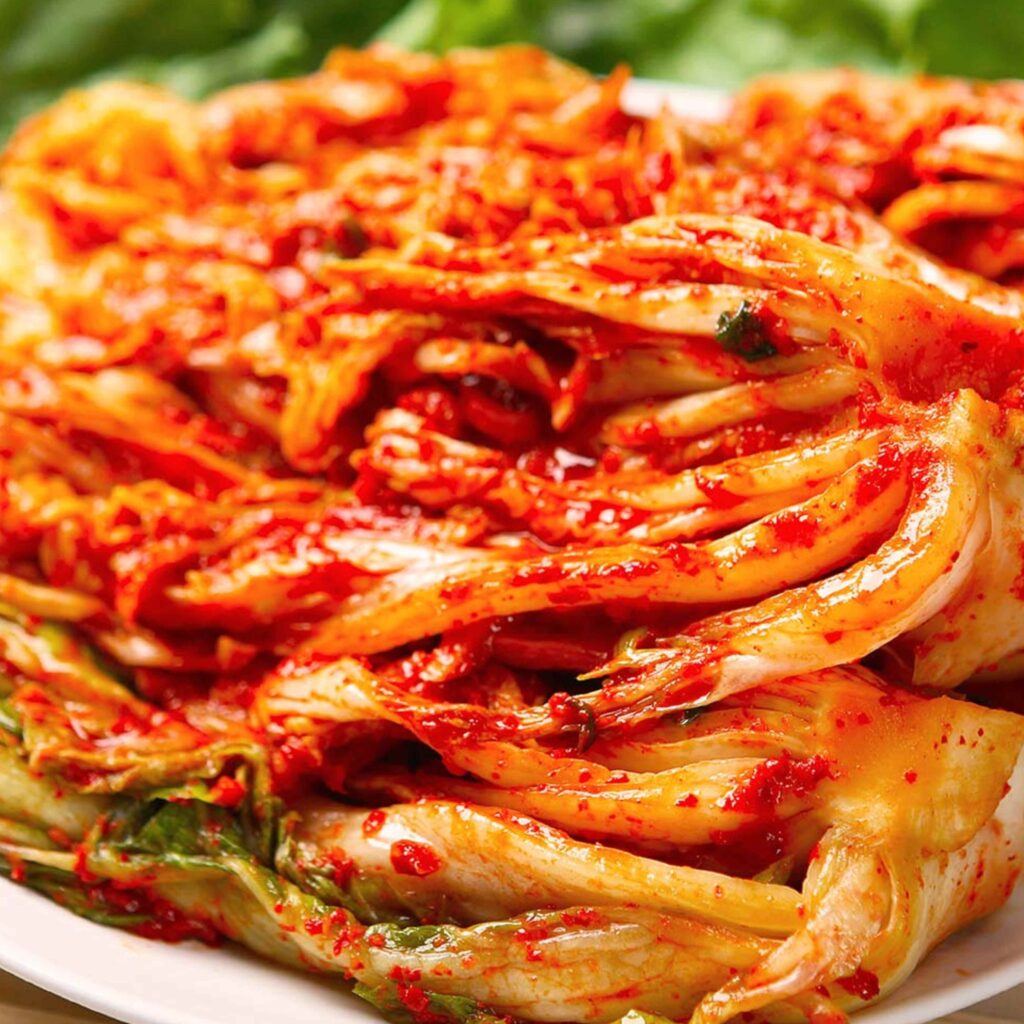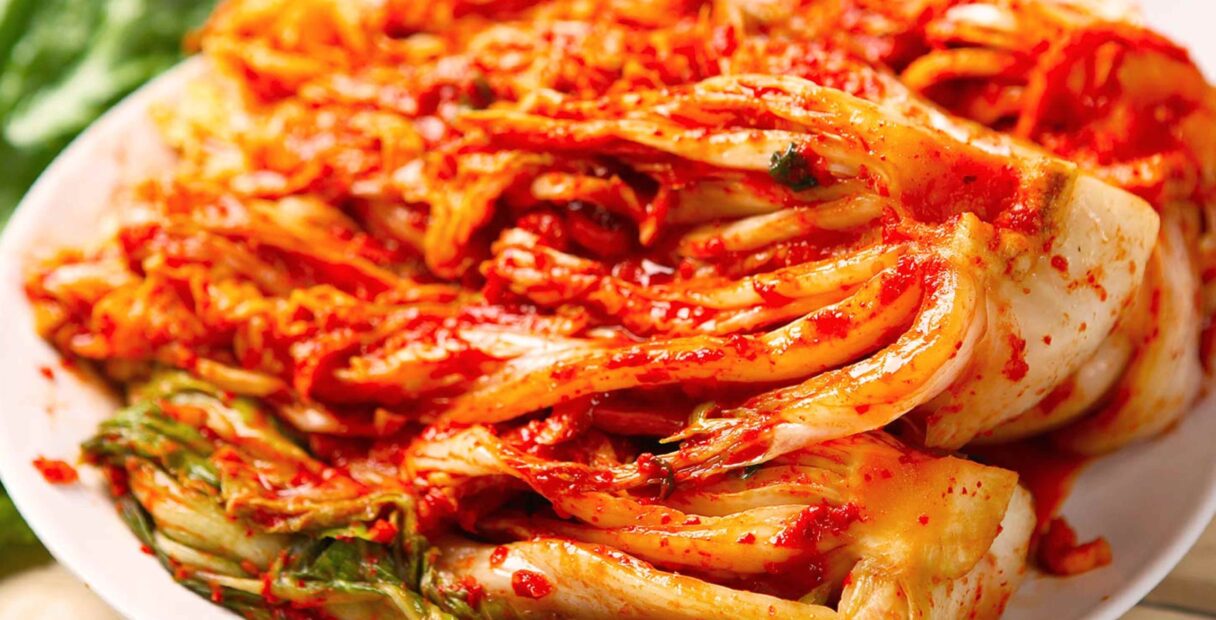

The History of Kimchi
Introduction
Kimchi, a staple of Korean cuisine, is a dish that has not only tantalized taste buds but also played a significant role in the culinary and cultural heritage of Korea. This piquant and fermented delight boasts a history as rich as its flavors. In this article, we embark on a journey to explore the intriguing history and cultural significance of Kimchi, a culinary creation celebrated for its diversity and enduring appeal.
Ancient Origins
A Dish with Deep Roots
The history of Kimchi can be traced back to ancient Korea, where it evolved as a means of preserving vegetables during harsh winters. The earliest forms of Kimchi were simple, involving the fermentation of vegetables with salt. Over time, this method of food preservation developed into the diverse array of Kimchi varieties we see today.
Cultural Significance
A Culinary Icon
Kimchi embodies the essence of Korean cuisine. Its bold flavors, rooted in the use of ingredients like napa cabbage, Korean radishes, garlic, ginger, and red pepper flakes, make it a versatile accompaniment to a wide range of Korean dishes. Kimchi is not just a side dish; it’s a cultural icon, symbolizing the spirit of Korean cuisine.
A Celebrated Tradition
In Korea, making Kimchi is a communal and seasonal tradition known as “Kimjang.” Families and communities gather to prepare large batches of Kimchi, showcasing the importance of this dish in Korean culture. Kimjang has even been recognized as an Intangible Cultural Heritage by UNESCO.
Conclusion
In conclusion, the history of Kimchi reflects the enduring appeal of flavor and culinary ingenuity in Korean cooking. From its humble origins as a means of preserving vegetables to its status as a beloved classic, Kimchi continues to captivate with its rich history and cultural significance. Its journey from a simple fermented dish to an integral part of Korean culinary heritage showcases the timeless allure of this tangy delight. For those eager to explore more about Kimchi, including its regional variations and cultural significance, there are dedicated culinary resources and studies of Korean cuisine that offer deeper insights into this culinary gem
- Serves: 8 People
- Prep Time: 2 hours (including soaking)
- Cooking: 1-5 days
- Difficulties: medium
Ingredients
For Cooking
- 1Napa cabbage (about 2 pounds)
- 1/4 cup sea salt
- 3cups water
- 1 tablespoon grated ginger
- 4cloves garlic minced
- 2 tablespoons fish sauce (or soy sauce for a vegetarian version)
- 2 tablespoons Korean red pepper flakes (gochugaru)
- 2 teaspoons sugar
- 4 green onions, sliced
- 1small carrot, julienned
For Dressing
Nutritional Information
-
Calories:
25 -
Total Fat:
0g -
Sodium:
450mg -
Total Carbohydrates:
5g -
Dietary Fiber
: 2g -
Sugars:
2g -
Protein:
1g
Procedure
Conclusion: With our homemade kimchi recipe, you have the opportunity to craft a condiment that’s bursting with authentic Korean flavors. As you delve into the world of kimchi-making, feel free to explore variations that resonate with your taste buds, whether that’s a vegan twist or a fruity infusion. The journey of fermenting your own kimchi is both rewarding and delicious, as you witness the transformation of simple ingredients into a complex and vibrant culinary delight.
-
Mark As Complete
Cut the Napa cabbage in half lengthwise and remove the core. Cut each half into bite-sized pieces.
-
Mark As Complete
Dissolve the sea salt in water and soak the cabbage pieces in the salted water for 1-2 hours, turning occasionally.
-
Mark As Complete
Rinse the cabbage thoroughly and let it drain in a colander.
-
Mark As Complete
In a bowl, mix grated ginger, minced garlic, fish sauce (or soy sauce), Korean red pepper flakes, and sugar to create the kimchi paste.
-
Mark As Complete
Gently squeeze any excess water from the cabbage and add it to the paste.
-
Mark As Complete
Add sliced green onions and julienned carrot to the mixture. Mix well, ensuring the paste coats the vegetables.
-
Mark As Complete
Pack the kimchi mixture into a clean glass jar, pressing it down to eliminate air pockets.
-
Mark As Complete
Leave some space at the top of the jar and seal it with a lid.
-
Mark As Complete
Allow the kimchi to ferment at room temperature for 1-5 days, depending on your desired level of fermentation.
-
Mark As Complete
Once fermented, refrigerate the kimchi. It will continue to develop its flavors over time.
Dawood Ali Mian
Chef Dawood brings a wealth of experience and a diverse culinary background to our kitchen. His culinary training spans the globe, from classic French techniques to contemporary fusion cuisine. Drawing inspiration from both traditional and modern culinary traditions, Chef Dawood’s creations are a harmonious blend of flavors and textures that tantalize the palate.
You also might like
No recipe were found.




